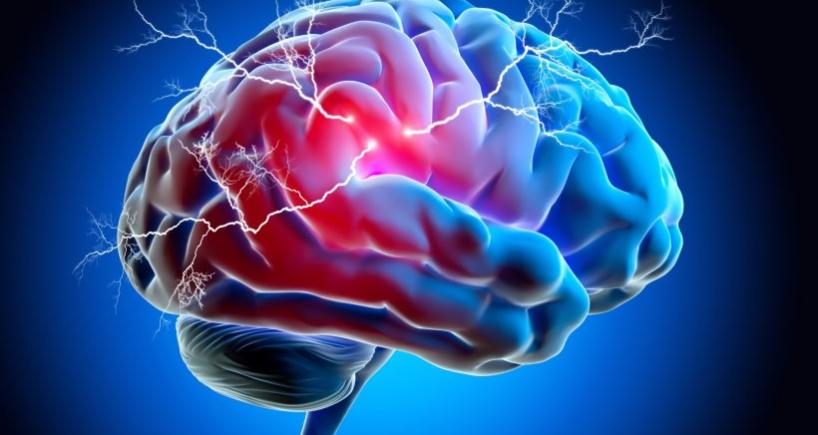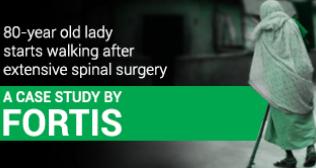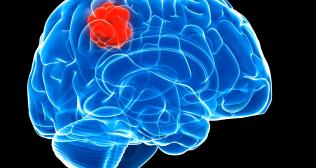
Is Brain Surgery Safe?
Brain surgery is safe at a well-equipped hospital with facilities like MRI, Neuro-Cath lab, Modular operation theatre and Neuro-ICU for quick diagnosis and treatment. Availability of modern gadgets, new surgical techniques and multi-disciplinary teamwork ensure early recovery in such cases.
What makes brain surgery safe and result-oriented -
1. MRI brain is the most informative and safe investigation for most brain-related ailments. Newer sequences and protocols (like functional MRI, tractography, etc.) add to the speed and enhance the quality of information. This leads to an early and accurate diagnosis. The surgeon is well-prepared before he conducts the surgery. MR angiography and venography are non-invasive methods to detect vascular anomalies.
2. Neuro-navigation is a computer-based intra-operative localisation of lesions which increases the accuracy and safety during brain surgery. It is very helpful while operating in eloquent (functionally active) areas of the brain. It also helps to perform a Minimally invasive brain surgery. We routinely use neuro-navigation in all brain tumour cases with the aim of achieving complete removal.
3. Fluorescence is a unique technology is been used in brain surgery for almost a decade and is available in India at select centres only. It enables the surgeon to localise a brain tumour during surgery and confirm a safe total excision. The fluorescent dye is selectively picked up by the tumour cells and is visualised through a special operating microscope. Fluorescence enables the vascular neurosurgeon to perform intra-operative angiography while operating on an aneurysm or other vascular malformations. This has significantly changed the outcome of brain tumour and brain haemorrhage patients.
4. Awake craniotomy is very helpful for brain tumours located at or near eloquent areas, which need special surgical skills. This is augmented by operating on a patient while he/she is awake and performing certain tasks assigned to him/her like singing, clapping, etc. This method is adopted especially for tumour located near motor and speech areas. Neuro-anaesthetists play a significant role in keeping the patient free from pain and anxiety during the procedure.
5. During Intra-operative brain mapping electric signals are read by electrodes placed on the surface of the brain. They guide us about different functional areas which help to plan the trajectory to enter inside the brain and safely remove the lesion, especially in epilepsy surgery.
6. Intraoperative imaging or real-time brain imaging during surgery can be helpful in certain cases of brain tumours. This can be done with the help of ultrasound, CT scan or MRI. This technology is useful in small or deep-seated lesions for their localisation and check the extent of excision. It is also helpful in very vascular tumours or in cases where important structures are abutting or are encased by the lesion.
7. Pre-operative or intra-operative angiography (DSA) is an important adjunct in brain tumour surgery. DSA helps to evaluate the vascularity of brain tumour and pre-operative embolization can be performed to reduce intra-operative blood loss. Intra-operative fluorescence angiography can be done to look for patency or any injury to the blood vessel.
8. Safe anaesthesia by a qualified Neuro-anaesthesia team and post-operative care in a Neuro-ICU is mandatory for a good outcome after brain surgery. An ICU managed by a Neuro-critical care specialist can improve the outcome significantly and reduce the length of stay. The latest technology and gadgets used by the specialised team are very helpful for critical neurosurgical patients.
Categories
Clear allMeet the doctor

- Neurosurgery | Neurosurgery | Neuro and Spine Surgery
-
20 Years
-
1500
 Available at 1 different locations
Available at 1 different locations




















